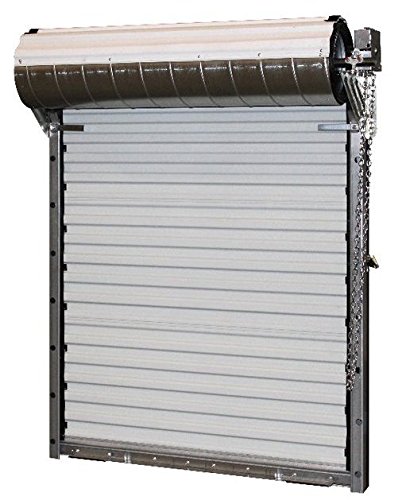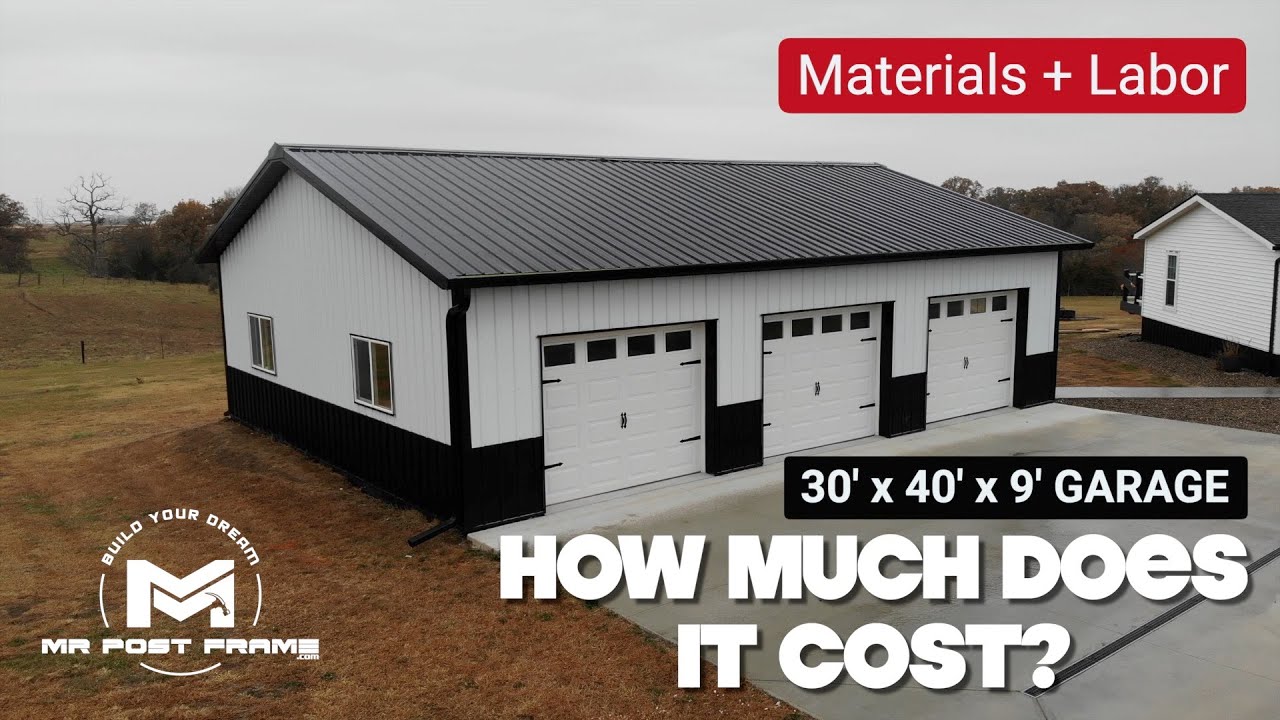
Hip roof garage plans are among the most popular styles of garages worldwide. They add architectural lines to a building and also offer great protection from the elements. In addition, they provide generous overhangs that help accentuate the overall structure.
Hip roof garages have the advantage of being able to withstand hurricanes and strong winds easily. They are frequently used by those who live in extreme weather areas. Due to their strength, durability, and strength, they may be eligible for windstorm discounts.
A few garage plans featuring a hip roof are the following:
Modern Flat Roof Garage
These garages typically have two stories and a low slope. They are versatile and ideal for small lots.
Another type of flat roof garage is called the reverse-gable roof. These gables are triangular and face the sides of your structure, not the front. Miller Garages offers a wide range of custom garages that feature this reverse-gable design. They can be built to complement your home or other nearby structures.

This style has the unique ability to enhance the architecture of the house, which is one of its most appealing aspects. This style is very cost-effective and can be used to build a garage.
Garage Designs with Flex Space
These garage plans allow you to combine a variety styles, such as European, craftsman, and traditional. The garage plans are available with a variety of rooflines and door combinations. This can add an individual touch to your structure.
This garage design can be matched by homeowners who are looking to build their garage from an existing foundation. Many of these garages have a second-floor stairway, which allows for easy access from multiple floors.
Some garage designs have a mudroom or foyer on the first floor. This can be helpful in keeping clutter off the second level.
If you're planning to build a garage, you might want to consider adding an attached apartment above it. These apartments can be either large or small depending on the individual's requirements.

They are a great option to maximize the space in your garage. An apartment can be used as a bedroom or office.
These garages can accommodate up to 4 cars. While they require more work to build than a traditional garage for storage, they can be very affordable for many.
In addition, these garages will have a gable roof which will give them a sleek and sophisticated look. They are an excellent choice for a new home or a remodeling project.
Garage Plans for Hip House Plans
These hip roof house plans are perfect for adding an apartment above your garage. These plans are ideal for families who want a large apartment above their garage.
FAQ
How much would it cost to gut a home vs. how much it cost to build a new one?
A home gutting involves the removal of all interior items, including walls, floors ceilings, plumbing and electrical wiring, fixtures, appliances, and fixtures. It is often done when you are moving to a new location and wish to make some improvements before you move in. Because of the many items involved in gutting a house, it is usually very costly. Depending on the job, the average cost of gutting a home is between $10,000 and $20,000
Building a home is where a builder builds a house frame by frame, then adds walls, flooring, roofing, windows, doors, cabinets, countertops, bathrooms, etc. This is typically done after purchasing lots and lots of lands. Building a home can be cheaper than gutting. It usually costs around $15,000-$30,000.
It really depends on your plans for the space. You will probably have to spend more to gut a house. If you're building your home, however, you don't have to tear everything down and start over. Instead of waiting for someone else, you can build it how you want.
What are the top expenses associated with remodeling a Kitchen?
Planning a kitchen renovation can be costly. These include demolition, design fees, permits, materials, contractors, etc. Although these costs may seem relatively small, if you take them all together, they can quickly add up. However, when you add them together, they quickly become quite large.
Demolition is likely to be the most expensive. This includes removing cabinets, countertops and flooring. You will then need to remove the insulation and drywall. You will then need to replace them with new items.
Next, you must hire an architect to draw out plans for the space. To ensure that the project meets all building codes, permits must be obtained. Next, you will need to hire someone to actually build the project.
The contractor must be paid once the job has been completed. The job size will determine how much you spend. That's why it is important to get estimates from multiple contractors before hiring one.
Plan ahead to cut down on some of these costs. You may be able to negotiate better deals on materials or even skip some of the work. If you know what needs to be done, you should be able to save time and money during the process.
Many people attempt to install cabinets themselves. Because they don't have professional installation fees, this is a way to save money. They often spend more trying to install cabinets themselves. Professionals can typically complete a job in half the time it would take you.
You can save money by buying unfinished materials. You must wait until the cabinets are fully assembled before purchasing pre-finished material. By buying unfinished materials, you can start using them right away. And you can always decide to change your mind later if something does not go according to plan.
Sometimes, it's just not worth the effort. Planning is the best way save money on home improvement projects.
How do I determine if my house requires a renovation or remodel?
You should first check to see if your home has had any recent updates. A renovation might be in order if the home has not been updated for some time. However, a remodel might be the best option for you if your home seems brand-new.
You should also check the condition of your home. If there are holes in the drywall, peeling wallpaper, or broken tiles, it's likely time for a renovation. However, if your home looks great, then maybe it's time to consider a remodel.
A second factor to consider is your home's general condition. Does it have a sound structure? Do the rooms look nice? Are the floors well-maintained? These are essential questions to consider when choosing the type of remodeling you want.
How long does it usually take to remodel your bathroom?
Two weeks is typical for a bathroom remodel. This can vary depending on how large the job is. Some jobs, such installing a vanity and adding a shower stall, can take only a couple of days. Larger projects such as removing walls, laying tile floors, or installing plumbing fixtures may require several days.
It is a good rule to allow for three days per room. This means that if there are four bathrooms, you will need 12 days.
Why should I renovate my house instead of buying a new one.
It's true that houses get cheaper yearly, but you're still paying for the same square footage. You may get more bang for your buck but you still have to pay for extra square footage.
Maintaining a house that doesn’t need much maintenance is cheaper.
Remodeling can save you thousands over buying a new house.
Remodeling your home can make it more comfortable and suit your needs. You can make your home more comfortable for you and your family.
What should I do with my current cabinets?
It all depends on whether you are considering renting out your home or selling it. If you're planning to sell, you'll probably want to remove and refinish the cabinets. This gives buyers the illusion of brand-new cabinets and helps them visualize their kitchens after they have moved in.
The cabinets should be left alone if you intend to rent your home. Renters often complain about dealing with dirty dishes and greasy fingerprints left behind by previous tenants.
You could also paint the cabinets to give them a fresh look. Use a high-quality primer. Low-quality paints are susceptible to fading over time.
Statistics
- $320,976Additional home value: $152,996Return on investment: 48%Mid-range average cost: $156,741Additional home value: $85,672Return on investment: (rocketmortgage.com)
- 57%Low-end average cost: $26,214Additional home value: $18,927Return on investment: (rocketmortgage.com)
- 55%Universal average cost: $38,813Additional home value: $22,475Return on investment: 58%Mid-range average cost: $24,424Additional home value: $14,671Return on investment: (rocketmortgage.com)
- Following the effects of COVID-19, homeowners spent 48% less on their renovation costs than before the pandemic 1 2 (rocketmortgage.com)
- About 33 percent of people report renovating their primary bedroom to increase livability and overall function. (rocketmortgage.com)
External Links
How To
How to Remove Tile Grout from Floor Tiles
Most people don’t know what tile grouting is. It seals the joints between tiles. Many different types of grout are available today, each using a specific purpose. We will demonstrate how to remove grout from tile floors.
-
Before you start this process, make sure that you have all the necessary tools. It is a good idea to have a grout knife, grout scraper, as well as some rags.
-
Now it is time to clean the grout and remove any debris or dirt that has gotten under the tiles. Use the grout knife to remove the grout. Scrape away any remaining grout. You should not damage any tiles.
-
After cleaning up all the grout, you can use the grout scraper to remove any remaining grout. Step 4 can be completed if you have no grout.
-
After you have done all the cleaning, you can move on to the next step. You can now take one of the rags, and soak it in some water. Make sure the rag is fully wet. You can wring the rag out if it has become wet. This will ensure that any water remains in the rag.
-
Place the wet paper towel at the joint of the tile and wall. Keep the rag in place until the grout starts to separate. Slowly pull your rag towards yourself and continue to pull it back and forth, until all grout is gone.
-
Repeat steps 4 and 5 until all the grout has been removed. Rinse and repeat the procedure if necessary.
-
After you have removed grout, dry the tiles by wiping them with a damp cloth. Let dry thoroughly.